For salting in barrels and canning, select certain varieties of tomato. Each species has its own characteristics, and you need to use them with maximum benefit. So, for pickling, it is better to choose tomatoes of a small size, with a dense skin. Fruits must be capable of long-term storage and have a number of mandatory criteria.
Content
Difference tomato for salting
The product for preservation is selected according to a number of criteria:
- small size, easily passing through the can neck;
- dense skin, flesh;
- small seeds;
- a sweetish taste that appears due to an increased concentration of carbohydrates;
- resistance to pathogenic microflora;
- ability to long storage.
When planting on a site of several varieties, pickling is placed separately, which eliminates confusion when harvesting.
Benefits of seed selection by planting region
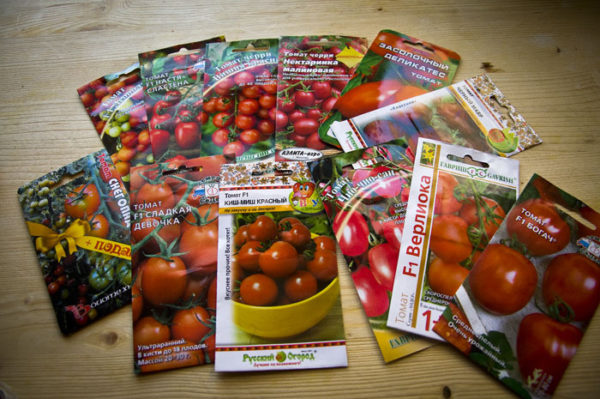
To obtain high-quality fruits during harvesting, select seed in the region of cultivation. Plants bred for a dry climate with high air temperature will not be able to actively grow and develop in climatic conditions of the middle zone, even when planting in a greenhouse, observing the regime of irrigation and feeding. The volume of ovaries, the quality of the product will be reduced, the period for achieving optimal maturity will be increased, and the storage period will shorten. Landing on a bed without additional cover is not safe. Night low temperatures will ruin the culture.
The principle of seed selection
To obtain excellent pickles from tomato, the seed material is chosen correctly:
- The size. Vegetables that have the same shape, weight and characteristics should grow on the bushes. This will simplify the process of forming banks for conservation. When planning full-fledged placement of vegetables, a product weighing no more than 100 g is selected, for example - Lady fingers or cherry.
- The ripening period. In addition to the period for which the tomatoes will be ready to harvest, take into account the frequency of ripening. For salting, select those varieties in which the fruits will be ready for harvest at the same time. This simplifies the winter harvesting process.
- Level of resistance to mold and mildew. This will reduce the chance of spoiling vegetables before picking.
For the selection of varieties for salting and canning, characteristic features are taken into account.
The advantage of choice remains with salting material with a high concentration of carbohydrates - sugar. Such a workpiece will be 100% successful in taste.
Varieties for the northern regions
In cold-resistant varieties, maturation is important. When growing vegetables in regions where the summer is short, you need to choose a precocious and ultra-precocious species with a one-time ripening. This will allow you to harvest even before the freezing set in.
In the northern regions, where the summer is short, disease-resistant types are cultivated. Fruits undergo a fungal disease, such as late blight and brown spotting. They are able to destroy most of the product.
Purpose - production of salted products or preservation. Key Features:
- fast ripening - 90 days;
- unpretentiousness to the conditions of detention;
- landing area - regions with an unstable climate located in the northern and western parts of the country, including the Far East, Siberia, and the Leningrad Region.
11 best varieties are distinguished here:
- Gull. A variety of ultra-early appearance with excellent-looking vegetables, having a round regular shape and medium size. The pulp is of high density, and the skin is with a rich red color.

- Doll F1. Fruits are rounded, pink, weighing up to 200 g.
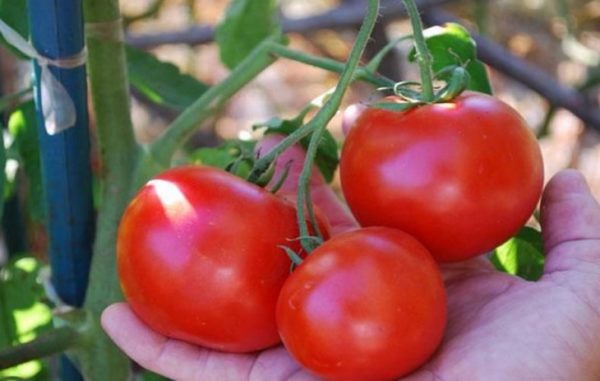
- Fun. This is the original type of plant in which oblong-shaped tomatoes grow within 3 months from the moment of germination of the first sprout. Bushes are medium. Height is in the range of 70-100 cm, which depends on the place of cultivation. In the greenhouse, the plant grows and develops more actively.
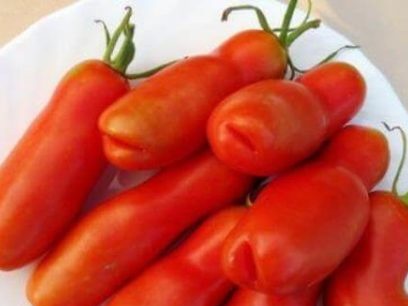
- Gina. A distinctive feature is abundant fruiting, tomatoes up to 300 g. Harvest is delicious, aromatic. The skin is dense.
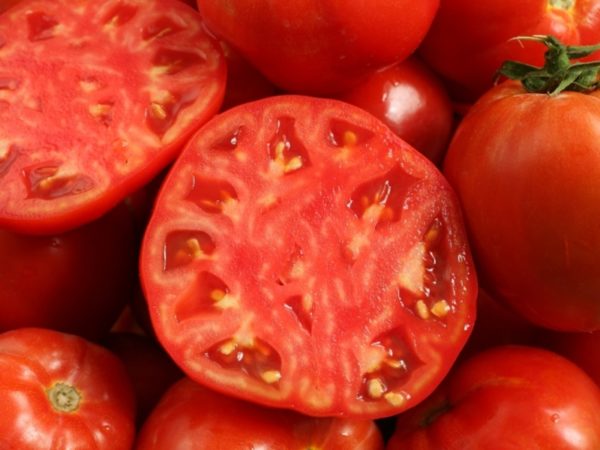
- Far North. Sings in just 85 days. Friendly ripening. Tomatoes 60-70 g.
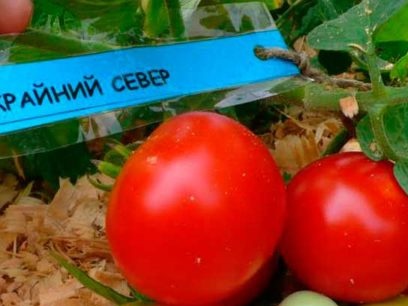
- Don Juan. The fruits are oblong. A long storage period is observed, during which the taste properties are not lost.
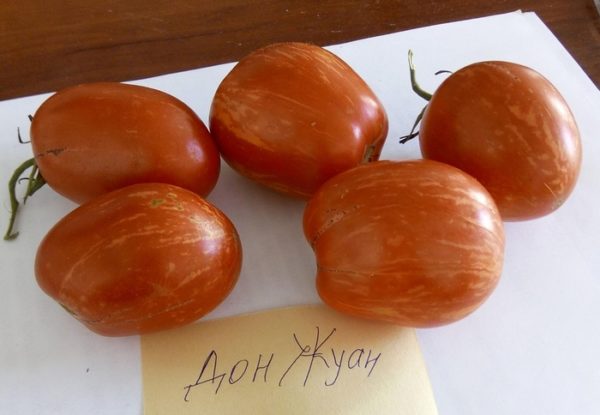
- Children's sweetness. The product has a sweet, pleasant taste. The culture is medium-branched, growing up to 100 cm. When grown, it is necessary to make stepsoning. The product is used in salting, preserving and preparing juice.
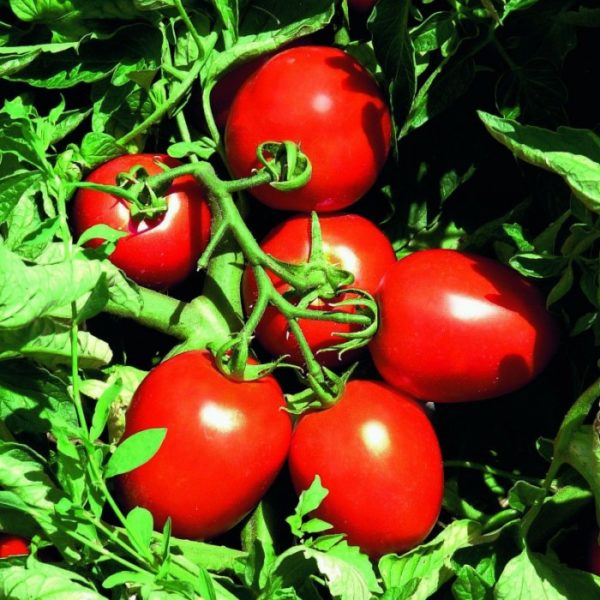
- Aphrodite F1. Universal determinant hybrid variety. Maturity occurs 80 days after landing on ridges.
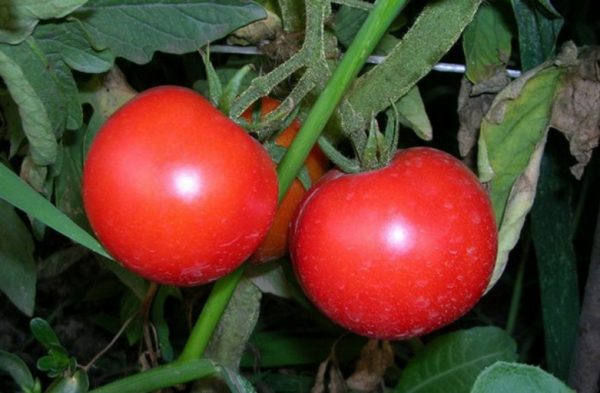
- Benito F1. Fusarium-resistant hybrid variety. The mass of fruits is 130-140 g. Tomatoes are fleshy, plum-shaped.
- Valentine Drought tolerant and hardy. The fruits ripen at the same time. Tomatoes are resistant to cracking, from the mass reaches 80-100 g.
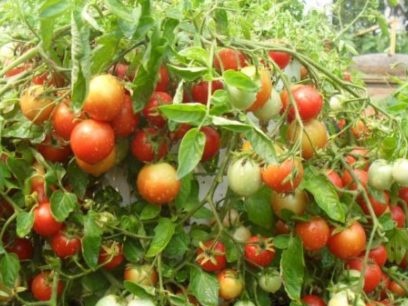
- Explosion. Derived from White Bulk. Spreading bushes. Anger occurs 100 days after the transfer to the ridges.
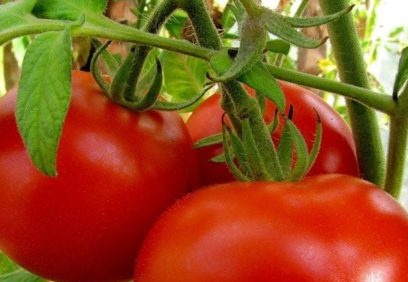
Varieties for the middle strip and Moscow region
Often, pickles use hybrid types of tomatoes. For the middle strip, several varieties with different characteristics can be combined on the beds.
The best varieties:
- De Barao Red - a classic option for conservation. The culture is high-yielding and unpretentious. Suitable for greenhouse conditions. The height of the bushes is 200 cm. Vegetables weighing 120 g, elongated, which is optimal for pickling procedure.
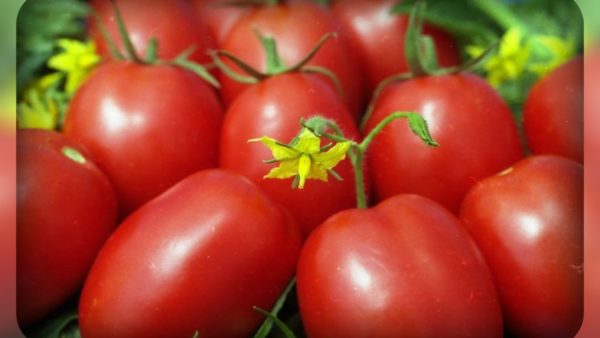
- Adam's apple is a high-yielding species. Ripening is simultaneous. Fruits of small size, round with a regular smooth contour, are placed on complex brushes. The skin is smooth, dense. Subject to the conditions of detention and care recommendations, it is permissible to collect about 5 kg of product from 1 bush.
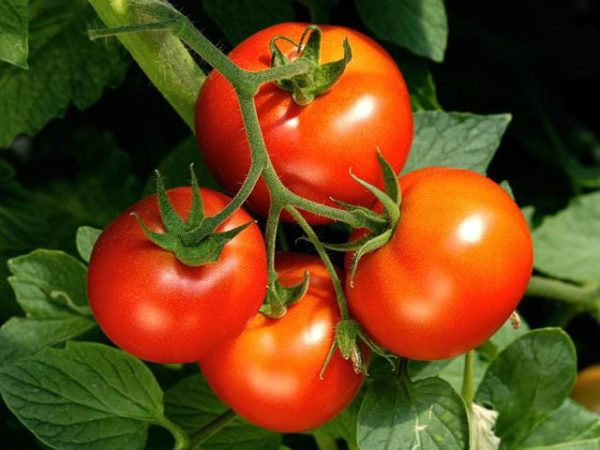
- Adeline is a mid-early variety planted on a bed without a greenhouse. Culture gives fruits of a small format, with an oblong shape. The surface is bright red, there is a pleasant tomato aroma. The pulp is sugary and juicy. The advantage is that Adeline is actively growing and developing even in adverse conditions, as it is resistant to diseases and pests.
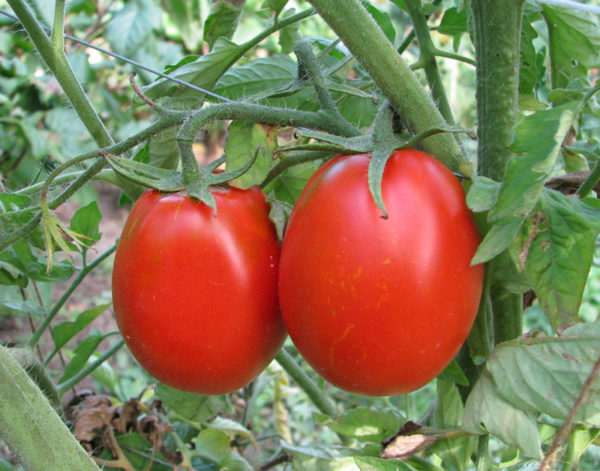
- Watercolor is planted outside the greenhouse. The variety is completely unpretentious and grows no more than 100 cm. Fruiting is good regardless of the season, and the tomatoes will be small, juicy and sweet, perfect for preserving and making homemade juice.
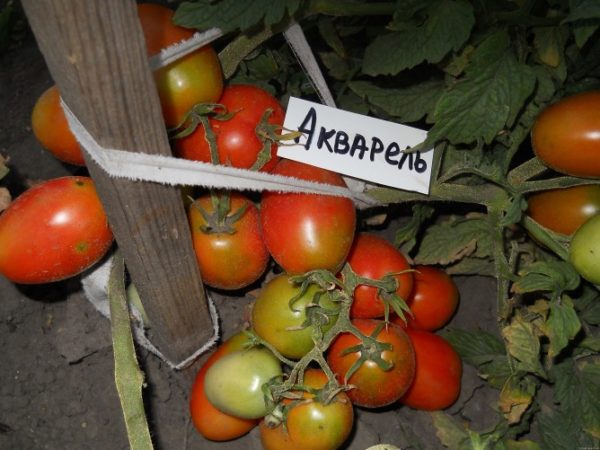
- Scarlet Mustang differs from other varieties in its original color and is placed in a greenhouse and greenhouse. The plant gives good large fruits resembling the shape of a pepper. Gardeners note an increased level of productivity. So that the bushes do not break, they make a garter to the support. In salting use due to its unusual shape.
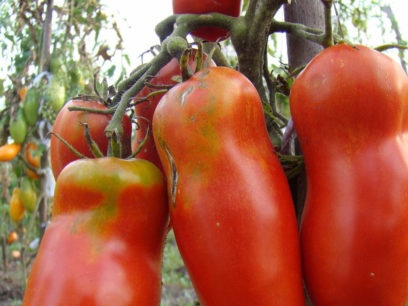
- Countryman. Hybrid, has a carpal shape. Fruits are red, plum-shaped.
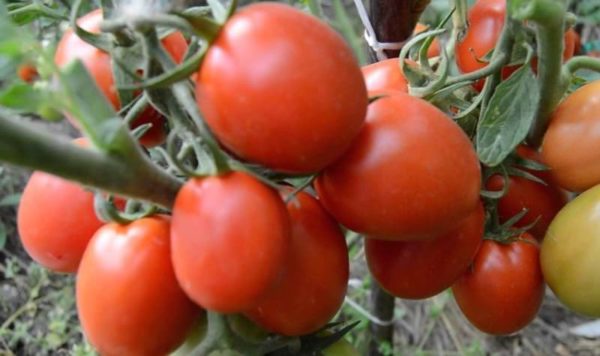
- The amulet is grown in a greenhouse and in a garden without a greenhouse. Aging - 120 days. The variety is characterized as carpal and pickling with fruits resembling plums in shape.Vegetables have a red skin and an average weight of not more than 100 g. Resistance to cracking during pickling has been revealed.
- Irina. A variety of improved selection. Low bushes, fruit mass up to 200 g.
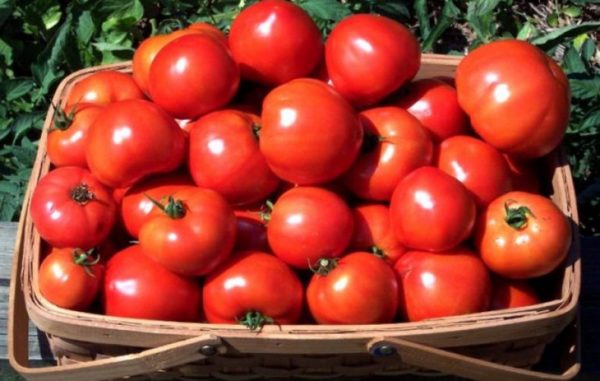
- The pickling delicacy has excellent characteristics, high productivity. The bushes are small in size, and they are planted in open ground. This type of vegetables is not done by pinching. The disadvantage is the small yield and lack of resistance to late blight. The bushes are non-hybrid, determinant, standard and reach a height of not more than 1 meter. No support is required, and the aging period is 100 days. There is resistance to late blight, low productivity up to 3.5 kg. Small-sized tomatoes weighing 100 g with an elongated shape, resembling a plum with a dense peel, providing protection against fungus and not cracking during pickling.
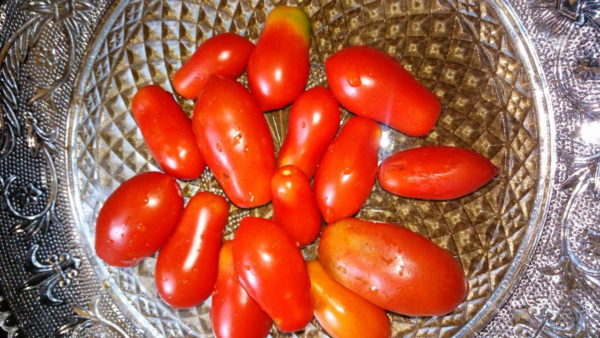
- Alicante. The scarlet color of fruits of a traditional form. Resistant to fungal infections.
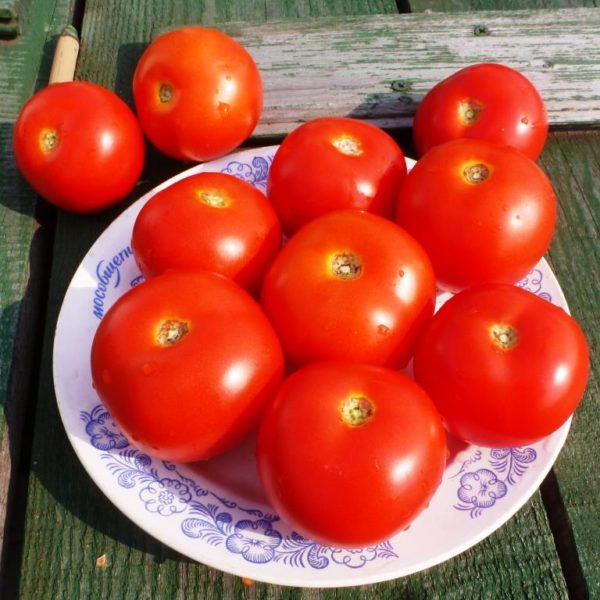
Varieties for the southern regions
For the southern part of the country, there is also a selection of no less interesting types of tomatoes that can be grown to prepare preparations for the winter.
Well established themselves:
- De Barao Orange. This variety is suitable for all types of pickles and preservation. The weight of the product is 110 g, when it reaches maturity, the color is converted to saturated orange. A bush of non-standard type can grow for a long time and there is no restriction on its height, but it can be no more than 2 m. Therefore, it bears fruit almost to frost. In the process of growing perform tying to the support and the formation of 2 stems. The average yield is 8 kg.
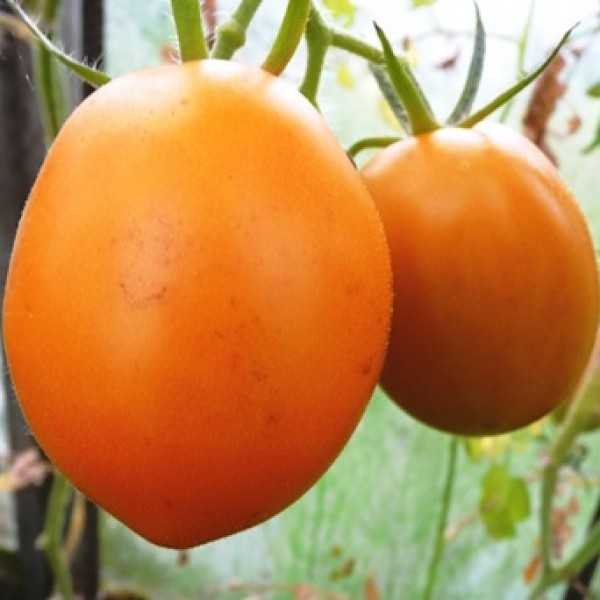
- Donskoy F1. On the recommendation of the breeder, they are used in canning. The vegetables are round, large with a weight of 100-120 grams. The peel is dense, the pulp is juicy, well absorbing the taste of the marinade. The plant does not grow more than 60 cm, friendly ripening occurs in 95-100 days. This species was specially bred for the territory of the southern part of the country, and is also suitable for cultivation in Moldova and Ukraine.
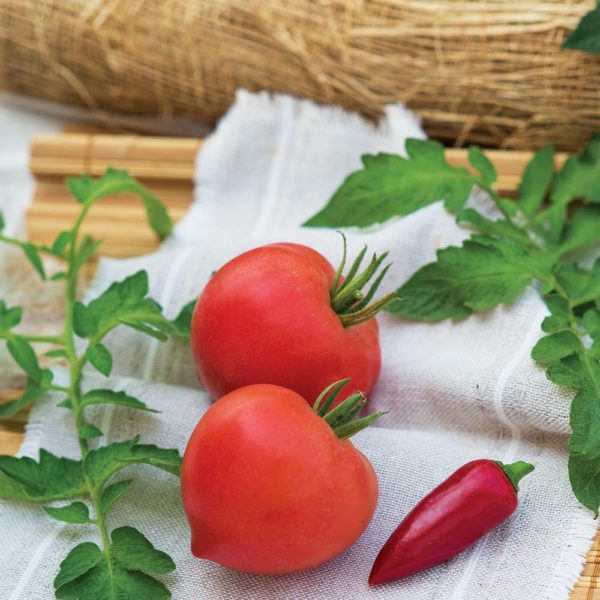
- Cheerful Dwarf - medium early. Growing will allow you to get vegetables in the form of plums, and the weight does not exceed 80 g on the bushes no more than half a meter. Upon reaching maturity, they turn red. Cracking and chopping of fruits by the end of the growing season is excluded.
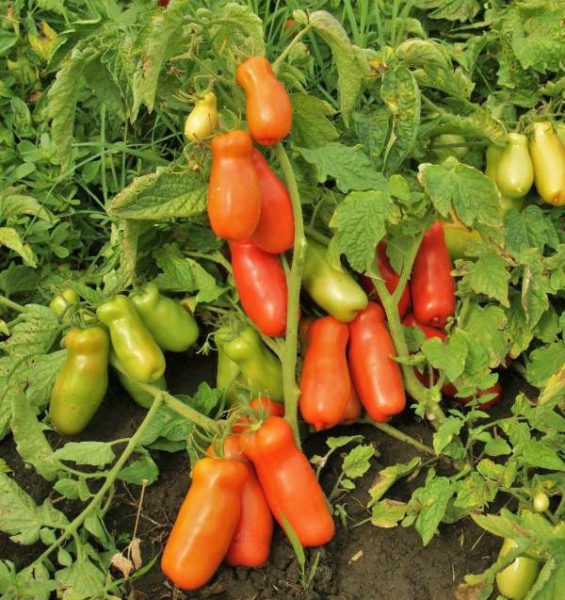
- Ladies' man. High-yielding early ripe species, the cultivation of which is carried out in greenhouses, greenhouses and open beds. Bushes of large size, requires pinching and tying to the support. 60 g product is elongated in shape with a dense pulp and excellent taste.
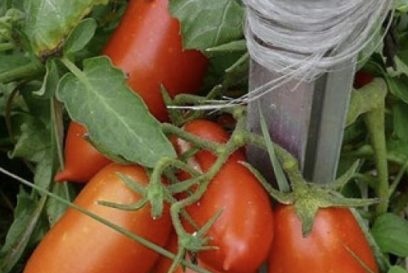
- Pinocchio gives cylindrical tomatoes with a peculiar nose and sweet and sour taste. Weight is 150 g, the pulp is tender, uniform. It is suitable for home salting. The peel is not covered by cracks when processed with boiling water and subsequent pickling.

- Verlioka is early ripe, unpretentious in care with a high degree of productivity. Hybrid species, bred in laboratory conditions. Bushes up to one and a half meters high are covered with fruits of a dense structure of rounded shape. Mass ripening. Tomato weight 90 g. Positive qualities - increased immunity to diseases that provoke a decrease in fruiting and occur mainly at the end of the season.
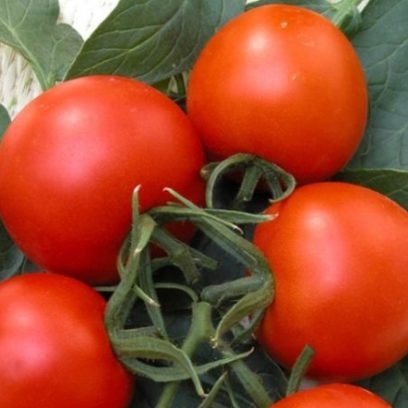
- Summer resident - An actively fruitful and amicably ripening culture. It grows in a greenhouse and in a garden without using a greenhouse. The product is red in color, rounded in shape with a dense skin and uniform contours. A pleasant sweet and sour taste gives the pickles unusual properties. Tomatoes reach a weight of 150 g.
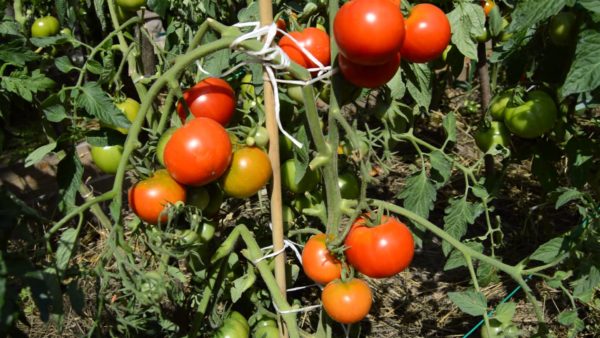
- Pulpit F1. Dense tomatoes, weighing 70-90 g. Are necropic. Resistant to disease.
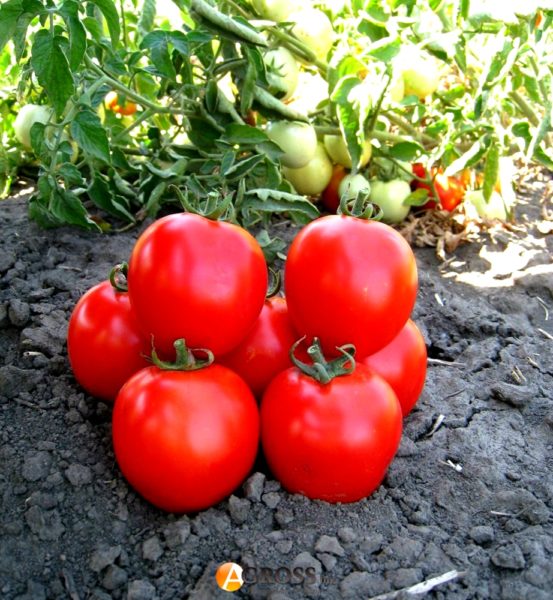
- Golden Fingers. This is an original option to pickle vegetables for the winter. Features - an oblong shape, a high level of fruiting, a bright yellow skin color is not a large size.The peel is quite dense, which eliminates cracks during conservation. The pulp is juicy, tasty with a sweetish aftertaste.
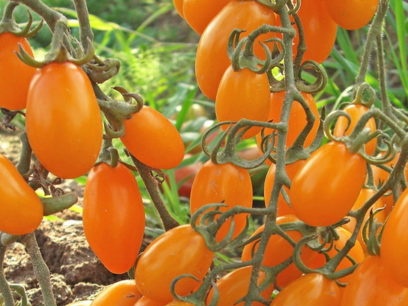
- Banana legs - One of the best varieties among all the yellow tomatoes, intended for pickling for the winter. Features - a rich skin tone, unusual sweet taste, in which there are citrus notes. The ripening is friendly, and the fruits grow on large brushes.
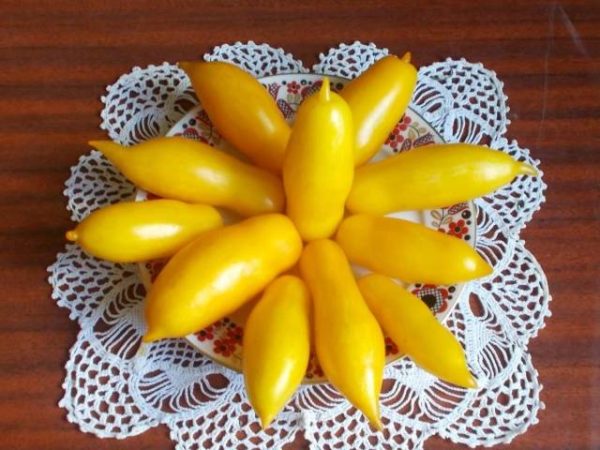
We have provided descriptions of the best options that can give an excellent result and fully justify the work spent. During the selection of varieties, the characteristics of daylight hours, air temperature, concentration of humidity and diseases that can affect fruits and bushes with them are taken into account.




 Low-growing tomatoes, without pinching: 5 of the most delicious varieties
Low-growing tomatoes, without pinching: 5 of the most delicious varieties Why tomato seedlings grow poorly
Why tomato seedlings grow poorly We grow a tomato in a shell
We grow a tomato in a shell Growing tomatoes without watering according to the method of Kazarin
Growing tomatoes without watering according to the method of Kazarin
galina
The best variety for canning is Red Icicle, for example, the Countryman doesn’t work at all, the tomatoes crawl out in the jar and in general it is not tasty, it was not at all impressive.
Vasilisa
Inaccuracy in the description of varieties Ash-salted delicacy. It is unclear whether there is still resistance to late blight.